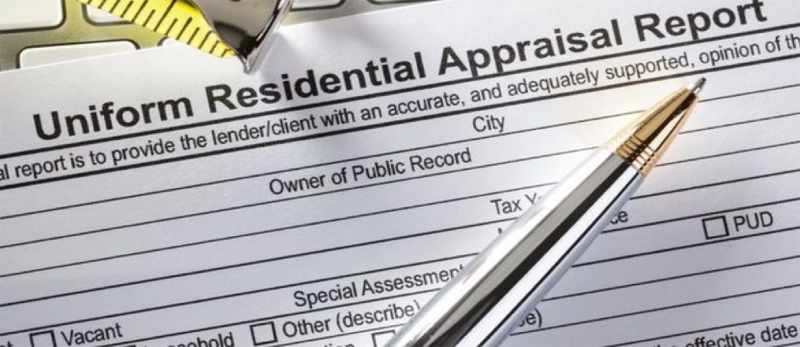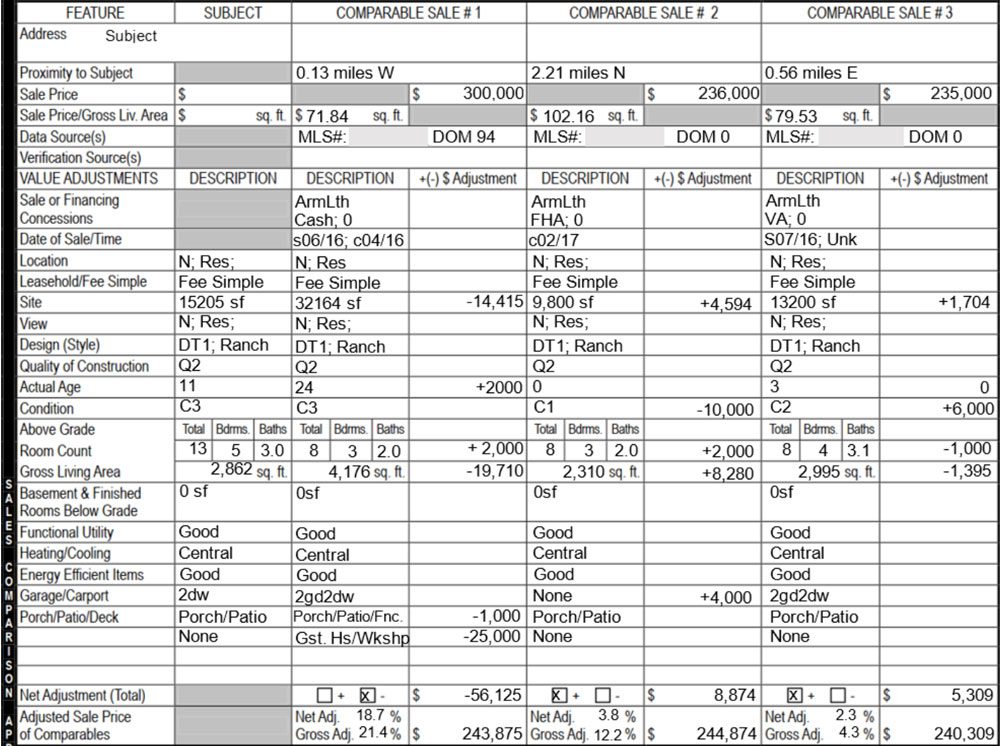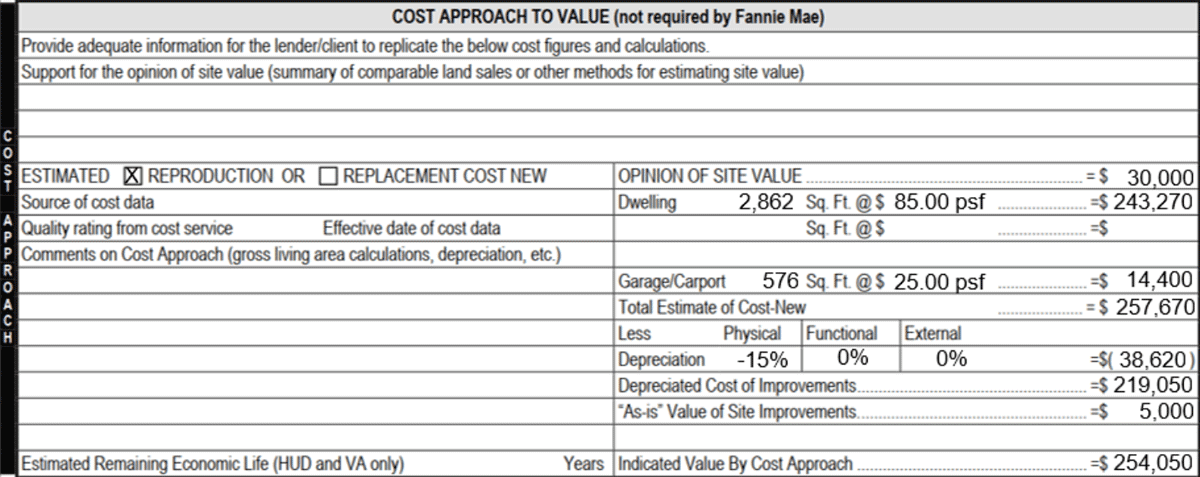Receiving a copy of a residential real estate appraisal report can be a little intimidating. It may seem like a lot of money for such a such a short report. But that is hardly the case. That appraisal report you are holding tells you so much more than a simple property value.
We’re going to examine, in detail, the standard form appraisal report that is most commonly used for residential appraisals. It is called the Uniform Residential Appraisal Report (URAR). This appraisal report can be used for a variety of real estate-related transactions such as a obtaining a mortgage, verifying a purchase price, estate planning, or settling a divorce. While there are other appraisal reporting methods, the URAR is the appraisal you will most likely receive when valuing any single-family residential property.
The Three Valuation Sections of an Appraisal Report
There are three valuation sections of an appraisal report – the cost, sales comparison and income approaches to value. These are contained within the appraisal form, but depending on the property, not every approach to value may be utilized by the appraiser. Let’s look at each of these three real estate valuation sections to see what your appraisal report is really telling you.
The Sales Comparison Approach
The sales comparison approach is designed to compare your property, the subject, with three or more similar properties that have recently sold. The grid below allows an appraiser to compare important features such as the land (called the site), the design or style of the home, the age, condition, rooms and size (called the Gross Living Area). There is also space for the basement, heating and cooling systems, garage, decks and a few lines for non-standard features.
To the right of each comparable you will find monetary adjustments that add or subtract value from the comparable’s sales price. In the above example, your home has 2,862 square feet but comparable #2 only has 2,310 square feet. The appraiser must add the value of the 552 square feet to make the comparable similar to your property. In other words, if the comparable was the same size as your property, what would the buyer have paid for it? That is the concept behind the sales comparison approach.
There is a section after the comparison grid whereby the appraiser will explain his or her reasons for making the adjustments. Then they will take the adjusted sales prices of the comparables and use it to set the value of your property. Sometimes it will be a simple rounded average and other times, one of the comparables are more similar to your property, so the appraiser may place more weight on that value.
In the example show above, it looks like comparable #3 was more similar. Notice that the “Gross Adjustments” were only 4.3% but they were 21.4% for comparable #1. So, let’s say the appraiser decides that comparable #3 is a better indicator of value and places more weight on that value, the appraiser may conclude that the market value of your property is $242,500.
The Cost Approach
The cost approach looks at what it would cost to buy an identical parcel of land and construct an identical home – just like it is right now. The principle behind this approach is that a buyer would not purchase your home if he or she could build an identical home for less.
This approach works well for newly constructed homes, but does not help much if the property is old, antiquated, or suffering from extensive deferred maintenance. This approach may or may not be included in your appraisal report.
In this example, the appraiser determined that the indicated value by the cost approach was $259,050. It is common to have the cost approach be slightly higher than the sales comparison approach, that is unless your home has been built within the last 5 years.
The Income Approach
The income approach is used only if the property is being rented or would be most likely rented by a new buyer. This approach is rarely used with single-family residences. Even if your property is currently being rented, if it is surrounded by owned homes then the appraiser will most likely not consider this approach a good indicator of value. It is common that the income approach value is substantially less than what is indicated in the sales comparison approach.
The Real Estate Appraisal Range of Value
Right below the sales comparison approach, you will find the reconciliation section. This is where the appraiser will determine the property’s value and explain their reasons for their conclusions.
It is most likely that the appraiser will decide that the sales comparison approach is the strongest indicator of the property value. In the bold section at the bottom, the market/appraised value of the property was determined to be $242,500. But, in reality, the appraiser is supplying you with a range of value.
Where is the Appraisal Range of Value?
Even though the appraisal report must conclude with one value number, it is more accurate to say that the appraisal as created a range of value. Notice what the appraisal report has revealed.
How Can I Use the Appraisal Range of Value?
The appraisal contains at least six different values. The combination of these values creates a range of value. Knowing this range can help you to make more informed decisions. For example, if you will be selling your house, the appraisal just told you that the list price should be close to $254,500 and the lowest accepted price should be $240,300. Anywhere in between and you have received the market value for your property. If the appraisal is being used to get a mortgage, the bank is going to use the appraised value ($242,500). If that number is too low for you to finance as much as you would like, the range of value shows you the appraiser’s “wiggle-room.”
In a perfect world the appraised value should come in the middle of the range with there being no more than a 5% difference plus or minus within the range. In this example, the appraised value is less than 1 percent from the low range of value. This could indicate that the appraiser may be justified in raising the value closer to the $244,000 mark. Though remember that comparable #3 was the best indicator of your property value, so the appraiser may decide the value must remain where it is.
The next time you receive a residential real estate appraisal, look beyond the appraised value and see what the appraisal report is really telling you.







